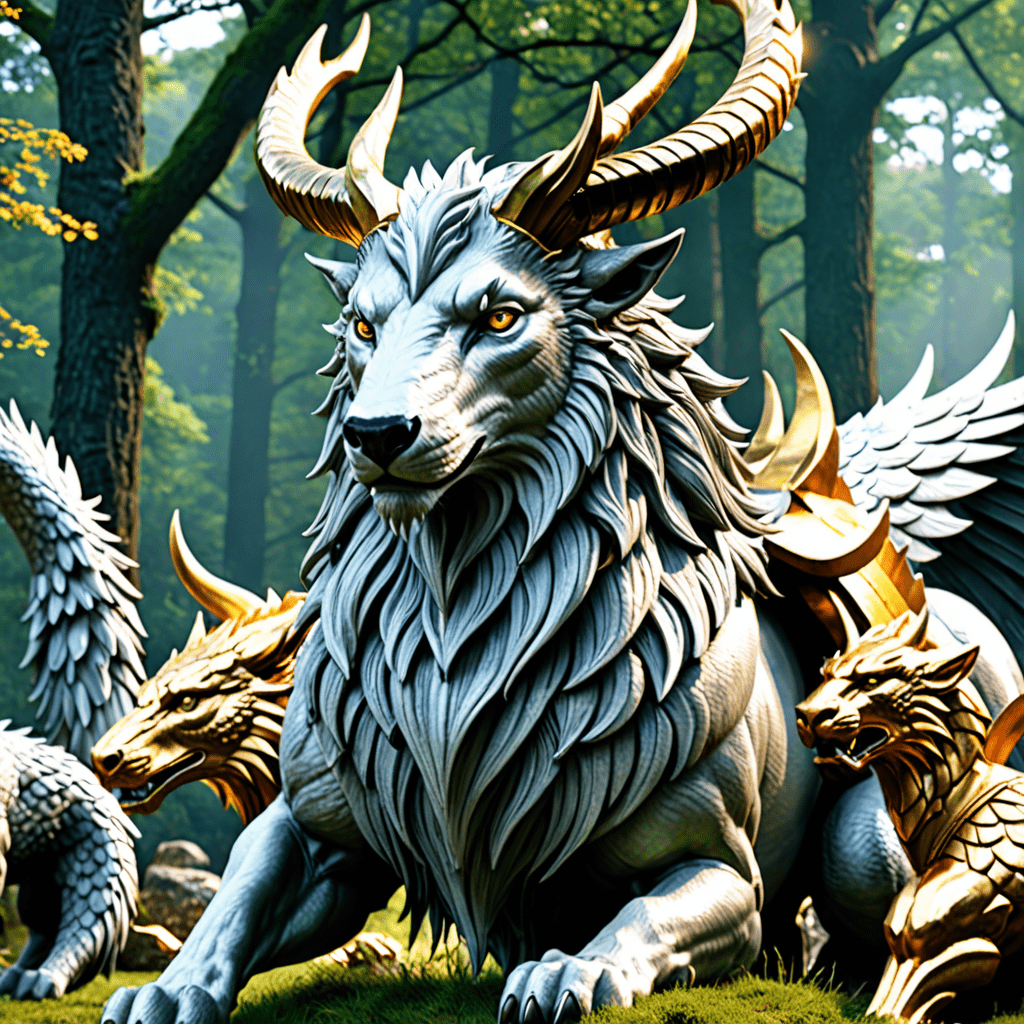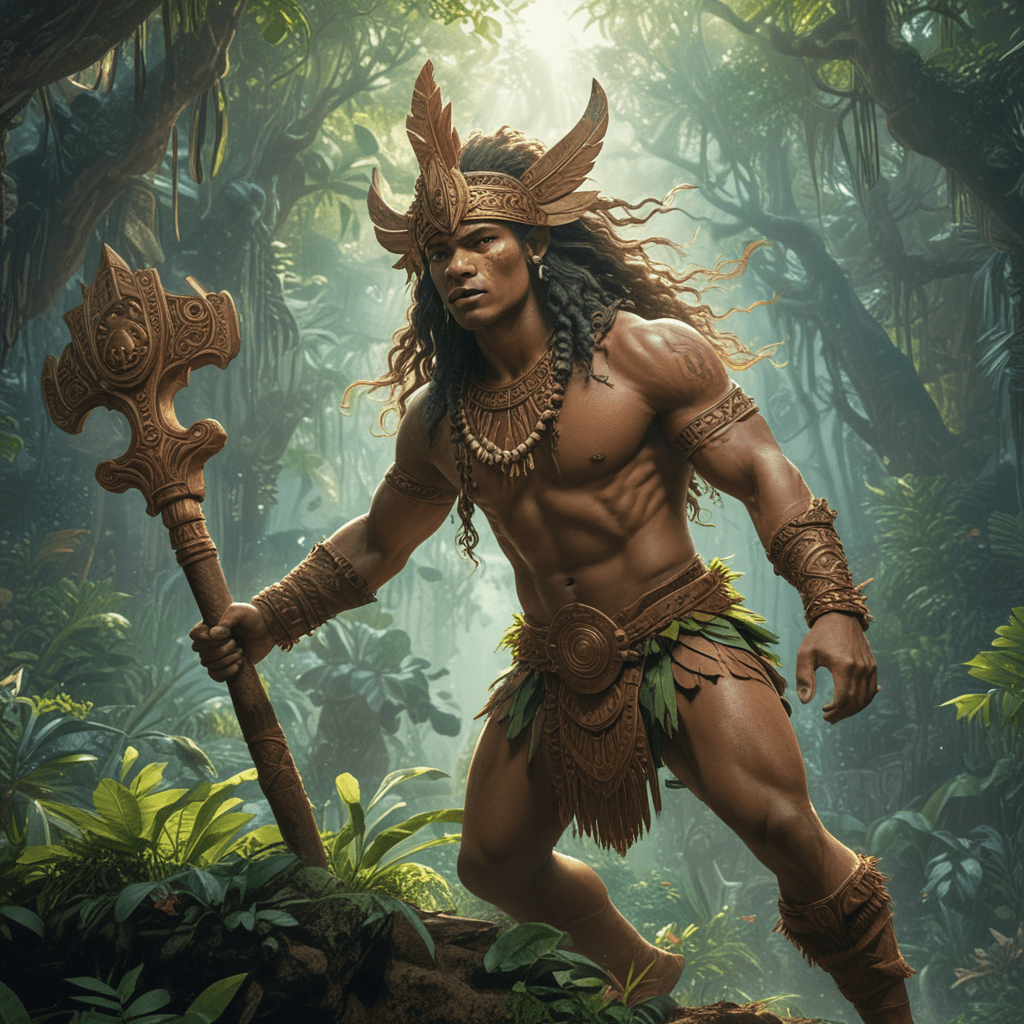The Role of Mythical Beasts and Creatures in Norse Mythology
Explore the fascinating world of Norse mythology, where mythical beasts and creatures play a significant role in shaping the narrative and cultural beliefs of the ancient Norse people. From fierce dragons to wise giants, these mythical entities hold various meanings and symbolisms within the rich tapestry of Norse folklore.
The Mighty Dragons in Norse Mythology
Dragons, known as “Fafnir” in Norse mythology, are powerful and fearsome beings that often guard treasures or possess magical abilities. The most famous dragon in Norse tales is Jormungandr, the World Serpent, who encircles the world and brings about Ragnarok, the end of the world.
The Enigmatic Giants of Norse Lore
Giants, or “Jotnar,” are a prominent part of Norse mythology, often depicted as rivaling the gods in strength and knowledge. Some giants, like Ymir, the primordial giant from whose body the world was created, embody the chaotic forces of nature. However, not all giants are antagonistic; some, like Skadi, establish alliances with the gods.
The Mystical Creatures in Norse Folklore
Aside from dragons and giants, Norse mythology is replete with a diverse array of mystical creatures. The Norns, fate-weaving beings who control the destinies of gods and mortals, demonstrate the intricate belief in fate among the Norse. The nine realms of Norse cosmology are inhabited by fantastical beings like elves, dwarves, and the mischievous fire god, Loki.
The Symbolism and Significance of Mythical Beings
Mythical beasts and creatures in Norse mythology often serve as allegorical representations of natural phenomena, character traits, or cosmic forces. Dragons may embody chaos and destruction, while giants represent the untamed forces of nature. Each creature contributes to the vivid tapestry of Norse mythos, offering insights into the beliefs and values of ancient Norse society.
FAQs about the Role of Mythical Beasts and Creatures in Norse Mythology
What are some prominent mythical beasts in Norse mythology?
In Norse mythology, some famous mythical creatures include the dragon Nidhogg, the eagle that perches atop Yggdrasil, the World Serpent Jormungandr, and the wolf Fenrir.
How do mythical creatures contribute to Norse mythology?
Mythical beasts in Norse mythology often represent cosmic forces, natural elements, or embody qualities like chaos or order. They play roles in defining the Norse cosmology and serve as symbols of the complex interplay between deities and the natural world.
Are there any creatures associated with specific Norse gods?
Yes, creatures like Odin’s ravens, Huginn and Muninn, or Freyja’s cats are closely linked to specific Norse gods. These beasts serve as companions or messengers to the deities, reflecting different aspects of their powers or characteristics.
What role do mythical beasts play in Norse sagas and stories?
Mythical creatures often feature prominently in Norse sagas and stories, either as adversaries that heroes must overcome or as allies aiding in quests and battles. Their inclusion adds depth to the narrative and showcases the supernatural elements of Norse mythology.
Can mythical beasts in Norse mythology symbolize moral or ethical concepts?
Yes, mythical



